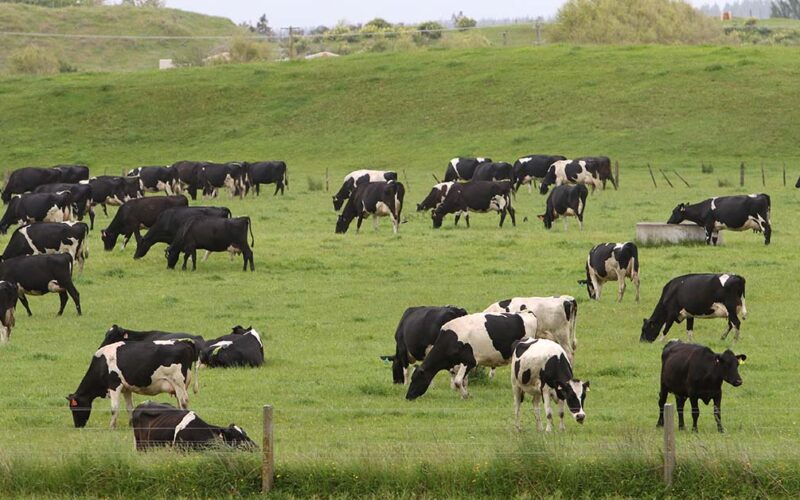OAD milking in early lactation gained a lot of traction a few years ago as a way of reducing workload and improving herd body condition score immediately after calving.
Several years ago, DairyNZ underwent several research projects that looked into the effects of OAD in early lactation.
DairyNZ senior scientist Dr Claire Phyn said that although there are any number of reasons to consider OAD in early lactation, farmers need to be clear in what they want to achieve from it and weigh up the risks and benefits for their farm.
The results from DairyNZ research found that cows milked OAD for three weeks immediately post-calving had 20% lower production and stayed at 8% lower even when switched to traditional twice-a-day (TAD) milking again.
Cows switched from OAD to TAD six weeks into lactation had a 12% production loss across the whole season.
“Milking the herd OAD for a set period, such as six-weeks from the planned start of calving reduces the total farm production loss by about 3-5%,” Phyn said.
“This is because as calving progresses the fresh cows have increasingly short durations at OAD milking.
“This loss can be further reduced to about 2% by limiting the OAD period to three weeks, or by only using OAD for colostrum cows.”
From a physiological point of view, this reduction in production can be explained by understanding the effects of the mammary gland when a cow is milked OAD.
Firstly, there is a reduced number of milk-producing cells and secondly, there is reduced activity of milk-producing cells which limits production even when cows are shifted onto TAD.
OAD milking in early lactation is often used as a method to boost body condition score immediately after calving and alleviate body condition score (BCS) loss during feed shortages.
Although OAD improves the energy state of a cow, which has major benefits in reducing instances of metabolic disorders like ketosis, the flow-on effects to her BCS won’t be immediate.
“One of the key points is that the longer the cows are one OAD, the greater the improvement,” Phyn said.
“In early lactation, cows lose BCS immediately postpartum which is difficult to change. “Typically there are no differences in BCS loss in the first couple of weeks of lactation, regardless of OAD or TAD milking.”
Research showed that BCS loss was the same in underfed cows on OAD and TAD for the three week period following calving, supporting the idea that OAD as a strategy for improved BCS isn’t suited for short periods (such as the colostrum period) with the benefits greatly increasing the longer cows are on OAD.
“Even though there’s a decrease in milk production on OAD, the cows don’t eat much less so coupled with a better energy status, over time they will have an improved BCS, usually detectable from about five-weeks onwards,” Phyn explained.
OAD milking for three to six weeks before switching to TAD was not shown to reduce the length of the post-partum anoestrus interval, indicating that OAD milking just over the colostrum period will have no effect either. The improvement in energy status is not sufficient to reduce the anoestrus interval or improve reproductive parameters.
A longer period of 10 plus weeks on OAD is needed to have a positive effect.
“Whether it be for labour savings, decreasing workload and stress on people or improving the energy status in cows, farmers need to consider the trade-off against the milk production losses and assess if that’s an acceptable trade-off and financially valid,” she said.










